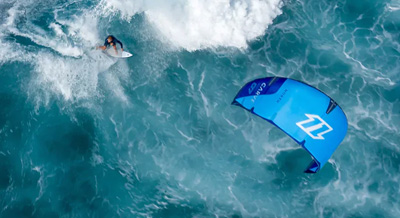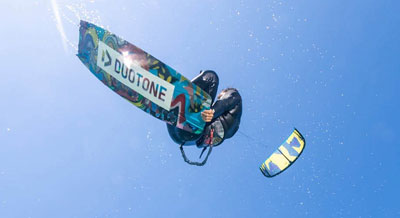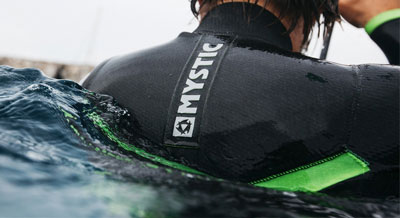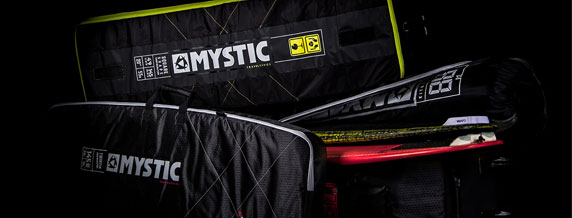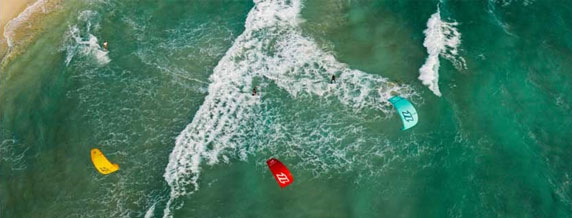- Home
- Blogs
13.04.2022
Core Nexus 3 Launch and Interview with Frank Ilfrich
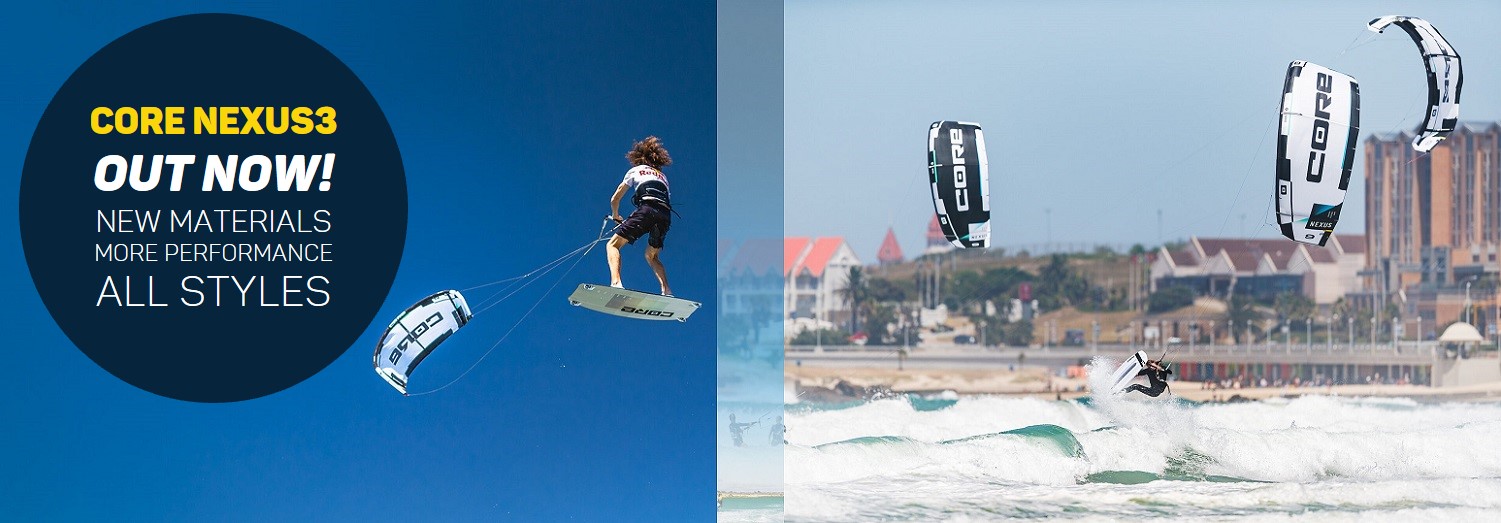
Hier gehts zum neuen Core Nexus3
The Nexus is the absolute all-round kite and one of the best in its class! Frank Ilfrich, kite designer at Core-Kiteboarding, has now worked on a third version of the Nexus. We discussed with Frank before the launch what the new Nexus 3 can do, what's new, what stays the same and what else is exciting about Big Air, Freestyle and Wave. Read our interview about the Core Nexus 3 kite here and find out more about your future favorite kite!
Interview with Frank Ilfrich, Head of R&D, Core Kiteboarding & Carved
Hey Frank! Thank you for taking the time to talk to us before the launch of the Nexus 3.The Nexus has become more and more popular in recent years and the kite is therefore very important to Core Kiteboarding. A quick question to get this started: how well can you sleep right now two weeks before the launch of the Nexus 3?
Ah, pretty good to be honest. That was a bit different six months to nine months ago – then, I was still chattering my teeth a little more. Now I know I'm happy with the kite and looking forward to the launch! It will be exciting when the new Nexus 3 goes on sale and the feedback from the kiters comes in. So, I'm hoping for good wind in the first few weeks right after the launch.
Short and sweet in 2-3 points, before we go into more detail later: What`s new? What stays the same?
The two materials CoreTex 2 and ExoTex 2 for the flight cloth and the leading edge are new. For this purpose, the shape and the bridle lines were adjusted a bit. The typical Nexus character has remained the same: i.e. the ease of turning, the versatility and the accessibility for beginners as well as for very ambitious kiters.
That sounds exciting - let's dive deeper into it. CoreTex 2 was already on the XR7. How is the interplay of the new materials in the Nexus 3?
Gladly... we have now implemented two new materials in the Nexus 3. So, on the one hand the CoreTex 2 cloth, which we already used in the XR7. So, I already knew what the cloth would do. But the ExoTex 2 is completely new. This is a new version of our Dacron. A new fiber mix was used here. Dacron is polyester fabric, which is available in different qualities. Here we have found a new combination and can therefore use a higher quality material. In addition, the rip stop design has been changed and a slightly different coating is used. This makes it 80% more tear resistant in one direction and 40% more tear resistant in the other direction. The main concern here is tear propagation resistance. This is particularly important because the cloth is perforated during the sewing process, but it is also important for everyday use, as small pin holes caused by stones or thorns on the spot should not tear out further. The modified coating also makes the whole material a bit stiffer. That was also a central challenge with the Nexus 3. On the one hand, the cloth is harder, stiffer and stronger than before and, in addition, the leading edge is now also made of a stiffer Dacron material. This is of course a good thing in terms of flight stability, the upper wind range and the power of the kite. On the other hand, this tends to counteract the playful handling and easy turning that everyone loves as well. It was clear to us that the basic shape of the kite shouldn't or doesn't have to change much, since the Nexus 2 has been extremely well received and has become popular as a perfect all-rounder. Of course, the new materials had to be incorporated accordingly.
In the last interview we already talked about the kite development process at Core in general. With a continuas product like the Nexus 3, there is an analysis phase at the beginning, in which a lot of feedback is evaluated and the availability of new materials is checked etc.. Requirements for the new kite are derived from this, it goes into the design and finally the test phase.
What did that look like with the Nexus 3? What feedback did you have? What vision did you have for the new model and why? How did the design phase go and what surprises were there in the test phase?
From the Nexus 1 to the Nexus 2, the kite has become a little bit more freestyle-heavy. This was totally fine and what we wanted. For the Nexus 3, however, we didn't want to go any further in this direction, so that the Nexus 3 continues to work well in waves and on the foil and does not lose its playful all-round character. So, its okay to give the new kite more power and flight stability, e.g. through the new canopy, but not at the expense of foil and wave performance. That was the main direction for us.
In order to achieve this and to incorporate the new materials accordingly, I had a few prototypes being built during the design phase. Every adjustment or change always brings with it a certain challenge. Even though we often achieve the desired effect, there is always a side effect. I had to find a way to bring out the advantages of ExoTex 2 and CoreTex 2, such as more flight stability, without the kite sacrificing manoeuvrability. Luckily, I found a trick pretty quickly. We got that under control with diameter adjustments of the leading edge. Not much has changed in the middle. Where we want more flexibility, the diameter has been reduced slightly. That's roughly in the second third of the leading edge. This allows the kite to twist better. Towards the wingtip, the diameter goes back to the normal size again. In this way we can keep the power high and also achieve greater ease of turning.
Looking at the entire development process, things don't always go smoothly, of course - there were definitely a few prototypes where I thought, 'Oh - I've overshot the mark - actually a super cool kite and very easy to turn and nice and fast, but unfortunately too much at the expense of the power'. We had to find the right balance for the adjustments. Based on our experience with the XR7, it wasn't that hard for me. The point here was to use significantly better materials. That's more of a luxury problem, and after around 4 to 5 generations of prototypes, we were pretty close to our goal.
This adjustment also causes the kite to position itself slightly differently in the wind window. This requires for some adjustments. We managed to do that with minimal corrections in the bridle lines and then it was a matter of coordinating the individual sizes. This often has to be adjusted a bit. With the large sizes, the ease of turning is of course also particularly important. The small sizes rotate much faster anyway. I'm really happy with that, the team riders in South Africa have already given very good feedback. The character has been preserved and we were able to increase the performance.
For the tests, we do it in such a way that as soon as the prototype arrives, we put a new serial kite next to it and connect both with the exact same setting and let them compete directly against each other. As soon as I have the feeling during these tests that the prototype is significantly better than the production model, we continue to work in this direction. Here, we didn't have to make any huge changes to the base shape. As a result, the test phase was significantly shorter than with a completely new kite. With the Nexus 3, we worked more closely during the test phase to ensure that the new properties really felt similar in the individual sizes. The graphic design was also decided early on, and the protos were printed with it, so that we were able to do the photo shoot in South Africa ahead of schedule. So I'm very happy with how it went.

South Africa, team riders, willingness to turn... what about the double kite loop? Is the new Nexus 3 the first core kite to do the double loop?
Phew, I honestly can't tell you that. It's actually more up to the team riders to try it. I honestly believe the Nexus can do it, the GTS can do it and I even think the XR can do it. But I also know that this is a move that only works in very special conditions and the risk involved is extremely high. The key is how you initiate the first loop and where. There's a very small zone where it works, a slightly larger zone that's the gray area, and a huge area where it doesn't work and the consequences are extremely severe. A short lull during the second loop almost automatically means that the knees are broken. We were there in Cape Town when many people were practicing the move and we also saw the crashes. I suspect that this will be a move that may not become standard after all, because the risk is just sooo high and the consequences are really tough if the kite stops in the second loop... it's just a matter of luck to run away from that unharmed. Of course, I can optimize the kites to make these moves easier. I'm currently in close contact with Janek and we're looking closely to see whether this move becomes a trick in the contest that belongs in the repertoire and that the riders then have to pull off. Our team riders have already spoken to the various judges and to Red Bull, whether and how this trick will be rated and they are not sure yet. On the other hand, as a developer, I also have to draw a line, because if I change the kites a lot in this way, I also have to keep an eye on how suitable the kite is for the general consumer.
So, we keep an eye on that and see where the journey continues. I take a very critical standpoint of the move and we have given the team riders a clear message that they can practice the move if they want to, but we as a sponsor will not put any pressure on them because the risk involved is simply extremely high. Of course, I also enjoy working out a kite that can do it very well, but I just don't want the boys and girls to break themselves in the process.
Is it the case that Janek and Co. sometimes get their own prototype that is specially tailored to their needs?
This has never happened before with Core. All Core riders are 100% on serial kites. In this particular case, it is actually the case that this topic has come up for us before and we have thought about building Janek a special XR for it, e.g. with a slightly thinner leading edge, which would then make the double kite loop easier for him or similar tricks in contests. The thing is that so far everything is possible with the serial products, whether kites, bars and boards, and that is also our goal - our products are ideal for beginners, intermediates and professionals. On the other hand, such an approach is quite conceivable and has already been done by other professional riders in the kite scene with other brands in the past. With Janek or the Double Loop, it would tend to affect the smaller sizes, but here, for example, the 7 shouldn't shoot forward like a whip, but should still remain easily controllable… In any case, the current status is that all competition kites are serial products.
The Big Air hype is currently omnipresent. The Nexus 3 shouldn't become even more freestyle-heavy. Do you see the big air hype continuing or do you see freestyle making a comeback?
Good question - that's difficult to estimate. Last year Wakestyle was almost dead or hardly got any attention. I watched the last freestyle tour stop myself and the level there was extremely high. What the first five riders pull out is unbelievable and when I was on the beach the other day, a few guys got into their boots barefoot at three degrees and trained wakestyle tricks here... so there is still a lot of potential. Still, I think wakestyle will have a hard time making a comeback. The Big Air format simply draws more sponsors. Soon it will be the case that you can pull off a big air event even with less wind, for example on the foil. I think that's more the direction in which things will continue for the time being. But I hope that wakestyle as a whole will remain established. It would be a shame if this discipline disappeared completely, but I don't think so either. It is an important dimension of the sport and has contributed immensely to its development. But nowadays, motivating young people to break their knees like that or to tell the parents that they have to support their kids without big sponsorship money or competitions is rather difficult.
Thank you Frank for this interview. I have to say I'm very excited. Due to an injury, I will be on the foil in the future and will therefore switch to the Nexus 3. After that, as soon as I can, I can also ride a directional and at some point also twin tip again - so I'm really looking forward to the new kite!
Yep, that's the big advantage of the Nexus - it's the Swiss army knife of kites.

Added to basket
| Subtotal | $ 0,00 |
| Shipping costs US | $ 69,95 |
| Total Total(excl VAT) | $ 69,95 |
You have no product(s) in you basket.
Weet je niet waar je moet beginner?
Contact our customer service for advice

